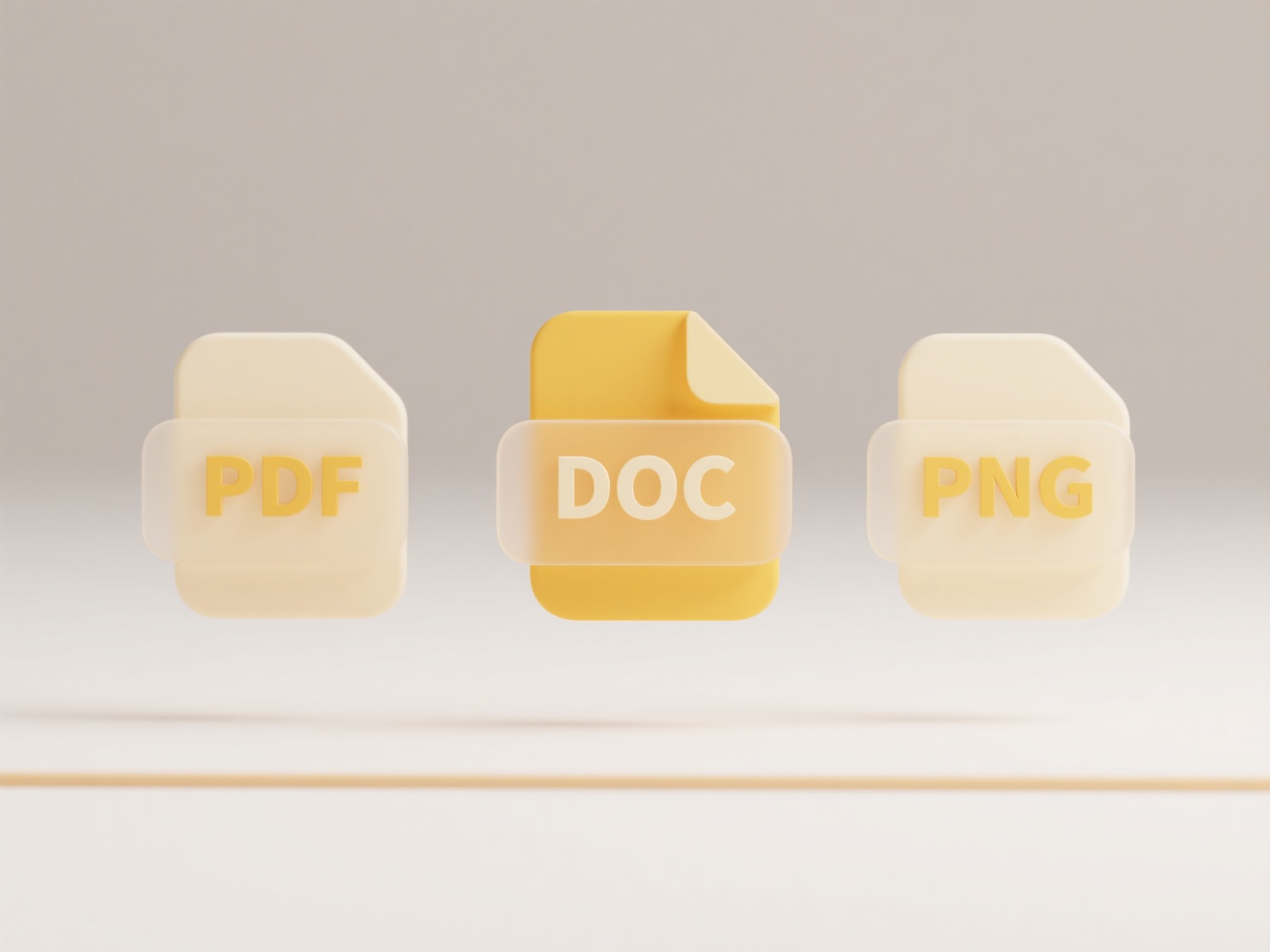
Files may not save to the intended folder on Android due to permission restrictions, app-specific storage policies, or user misunderstanding of the storage system. Modern Android versions (10 and later) enforce Scoped Storage, limiting apps' direct access to shared external storage (like the Downloads or Pictures folders). Apps primarily use their own private directories by default, requiring explicit user permission to modify files in other public locations. If an app lacks the necessary permission (MANAGE_EXTERNAL_STORAGE for broad access, discouraged, or specific document tree access), if the user hasn't navigated correctly within a system file picker, or if the target folder resides on removable storage (SD card) with additional access hurdles, saving can fail or redirect.
For example, a photo editing app attempting to save directly to DCIM/Camera without proper permissions or using MediaStore APIs correctly might save the image only within its own app-specific folder instead. Similarly, a document scanner app asking to save to the Downloads folder might fail if the user denied storage access when prompted initially or if the app hasn't implemented the SAF (Storage Access Framework) correctly to gain write access to that specific public location.

This approach enhances security by limiting indiscriminate file access but can cause user confusion. Limitations include inconsistency in app implementation, challenges accessing non-media folders, and potential difficulty finding saved files. Future solutions focus on refining permission prompts and improving user experience with system file pickers for clearer target selection. Users often need to explicitly grant folder access via the system picker for non-private saves.
Why is the file not saving to the intended folder on Android?
Files may not save to the intended folder on Android due to permission restrictions, app-specific storage policies, or user misunderstanding of the storage system. Modern Android versions (10 and later) enforce Scoped Storage, limiting apps' direct access to shared external storage (like the Downloads or Pictures folders). Apps primarily use their own private directories by default, requiring explicit user permission to modify files in other public locations. If an app lacks the necessary permission (MANAGE_EXTERNAL_STORAGE for broad access, discouraged, or specific document tree access), if the user hasn't navigated correctly within a system file picker, or if the target folder resides on removable storage (SD card) with additional access hurdles, saving can fail or redirect.
For example, a photo editing app attempting to save directly to DCIM/Camera without proper permissions or using MediaStore APIs correctly might save the image only within its own app-specific folder instead. Similarly, a document scanner app asking to save to the Downloads folder might fail if the user denied storage access when prompted initially or if the app hasn't implemented the SAF (Storage Access Framework) correctly to gain write access to that specific public location.

This approach enhances security by limiting indiscriminate file access but can cause user confusion. Limitations include inconsistency in app implementation, challenges accessing non-media folders, and potential difficulty finding saved files. Future solutions focus on refining permission prompts and improving user experience with system file pickers for clearer target selection. Users often need to explicitly grant folder access via the system picker for non-private saves.
Quick Article Links
How do I give someone view-only access to a document?
View-only access grants permission to open and read a document, but blocks any ability to edit, delete, comment on, or a...
Can I search files based on risk level (e.g., flagged or quarantined)?
Searching files by risk level involves filtering based on security classifications assigned by protective software, such...
Are hidden files supported in cloud storage?
Hidden files, typically files starting with a dot (e.g., '.config') on Unix-like systems or having the hidden attribute ...